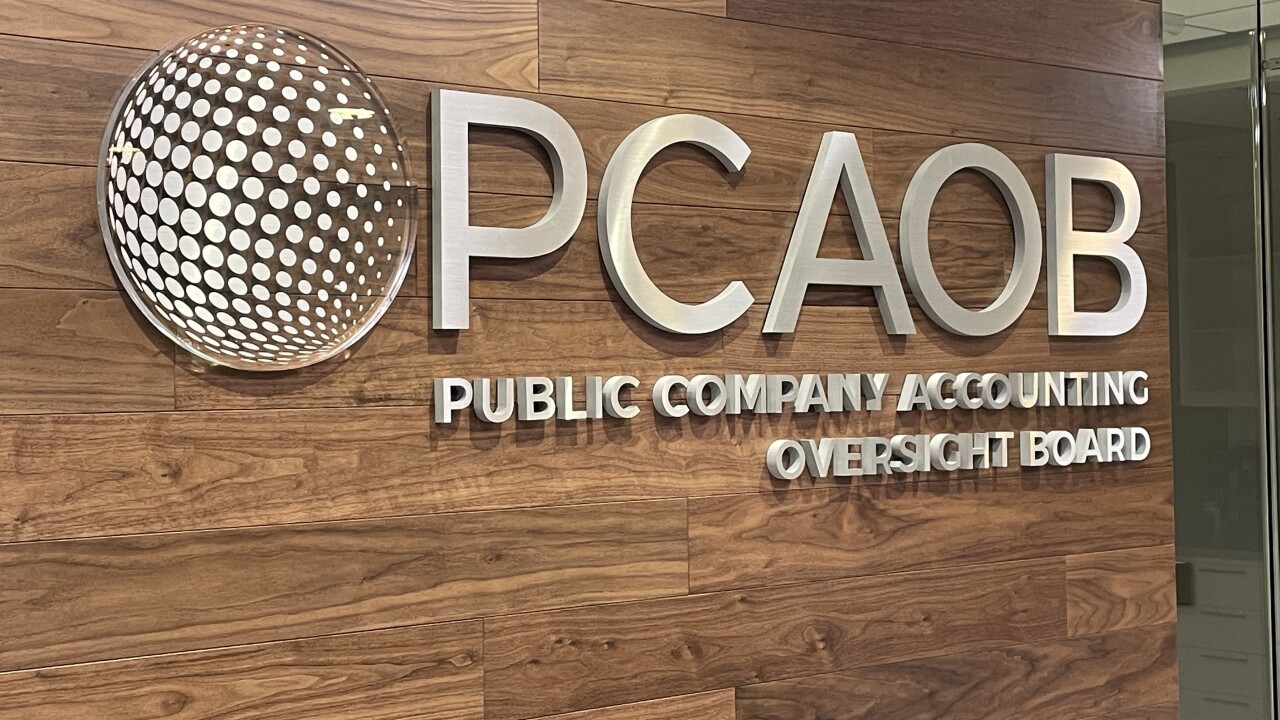The accounting profession is experiencing unprecedented consolidation, with traditional firm mergers and private equity acquisitions dominating the landscape. However, these conventional paths aren't the only options available to firm owners considering their succession. Understanding the full spectrum of possibilities can help practitioners make more informed decisions about their firm's future.
When accounting firm owners contemplate their exit strategy, they traditionally face a limited set of options: Structure a sale to internal team members, sell to a larger firm, merge with a peer organization, or pursue private equity backing. Each approach comes with distinct advantages and trade-offs that extend far beyond financial considerations.
The merger decision involves multiple stakeholders and often competing priorities. For example, younger partners want to preserve client relationships built over decades, ensuring team members' career continuity and maintaining service quality standards, while retiring partners want to secure and maximize their financial future. These interconnected concerns make succession planning one of the most complex decisions in professional services.
Emerging alternative accounting firm models
Recent market developments have introduced new organizational structures that attempt to address some of the limitations of traditional succession approaches. One recent example is Stable Rock's "integrated business services platform," led by two industry veterans, Boris Onefater, CPA, and Greg Farrington. Boris and Greg previously built an outsourced provider, Constellation Advisers, from the ground up into an industry-leading outsourced services provider.
The IBSP model typically emphasizes several key principles:
- Integrated operations. Rather than maintaining separate firm identities, the IBSP focuses on building a unified organization that combines the expertise and client relationships of multiple practices into a cohesive whole. This integration allows for standardized processes, shared resources and coordinated service delivery, while leveraging the collective experience of all team members.
- Market focus. The IBSP model specifically targets underserved market segments, particularly small and midsized businesses. This focus recognizes that mid-market clients often face rising fees and declining service quality as larger firms pursue larger and more profitable enterprise accounts.
- Cultural preservation. This model attempts to preserve the cultural elements that made successful firms attractive to clients in the first place. This includes maintaining personalized service delivery and long-term client relationships.
- Proven leadership. A credible IBSP is typically led by industry veterans with demonstrated success in building and scaling professional services organizations. This operational expertise provides confidence in the platform's ability to successfully integrate multiple practices while maintaining service quality standards.
Case study: The mid-career professional's perspective
To illustrate how this alternative model functions in practice, consider the decision-making process of an experienced, partner-level accounting professional who recently joined Stable Rock. This partner, with extensive experience at both midsized independent firms and larger PE-backed firms, evaluated his options based on four primary criteria.
First was the opportunity to assume a true leadership role in a growing firm, helping shape strategy and deliver execution without the bureaucratic drag of larger organizations. As he put it, decisions get made quickly, and leaders are trusted to lead.
Second, he emphasized Stable Rock's focus on an often-overlooked segment of the market: small and midsized businesses and their owners. Amid a wave of accounting industry consolidation, these clients have seen their fees rise while service quality stagnates. At Stable Rock, this partner saw an opportunity to give his clients access to big-firm resources without sacrificing the personalized high-touch service he prided himself on providing his clients.
Third, the firm's founders were a draw. Their track record and proven experience as operators scaling a best-in-class people-oriented organization were proof that they can deliver on the Stable Rock vision.
Finally, and perhaps most meaningfully, the move marked a return to fulfillment. After years in larger firms, he was ready for something more than a title and a paycheck. He wanted to enjoy his work, make a difference for his clients, and leave the office each day feeling like he was building something with enduring value. At Stable Rock, he found exactly that.
Implications for accounting firm owners
For accounting firm owners evaluating succession options, the IBSP model offers several potential advantages worth considering:
- Gradual transition. Unlike outright sales that often require immediate owner departure, IBSP platforms allow for more gradual transitions that can benefit both sellers and their clients.
- Continued growth opportunities. Rather than simply extracting value, the IBSP model emphasizes continued investment in people and capabilities, potentially offering ongoing growth opportunities for retaining firm personnel.
- Client relationship preservation. By maintaining some local autonomy and avoiding dramatic operational changes, IBSP models may better preserve the client relationships that form the foundation of most smaller accounting practices.
- Cultural alignment. For owners who have built distinctive firm cultures, these models may offer better prospects for cultural preservation than traditional acquisitions.
The broader industry context
The emergence of alternative succession models reflects broader changes in the professional services landscape. As traditional options become more standardized and potentially less attractive to some practitioners, market demand has created space for innovative approaches that address specific pain points in conventional models.
This evolution parallels developments in other professional services industries, where practitioners have sought alternatives to the traditional choice between remaining small and independent or joining large, potentially impersonal organizations.
Conclusion
While traditional succession approaches continue to serve many accounting firm owners effectively, the expanding array of alternative models provides additional options worth exploring. The key for any firm owner is conducting thorough due diligence on all available options, understanding the trade-offs involved, and selecting the approach that best aligns with their specific priorities and circumstances.
As the industry continues to evolve, practitioners who take the time to understand the full spectrum of available succession strategies will be better positioned to make decisions that serve their long-term interests and those of their clients and team members. The goal isn't necessarily to avoid traditional approaches, but rather to ensure that the chosen path aligns with the firm's unique values, objectives and circumstances.





